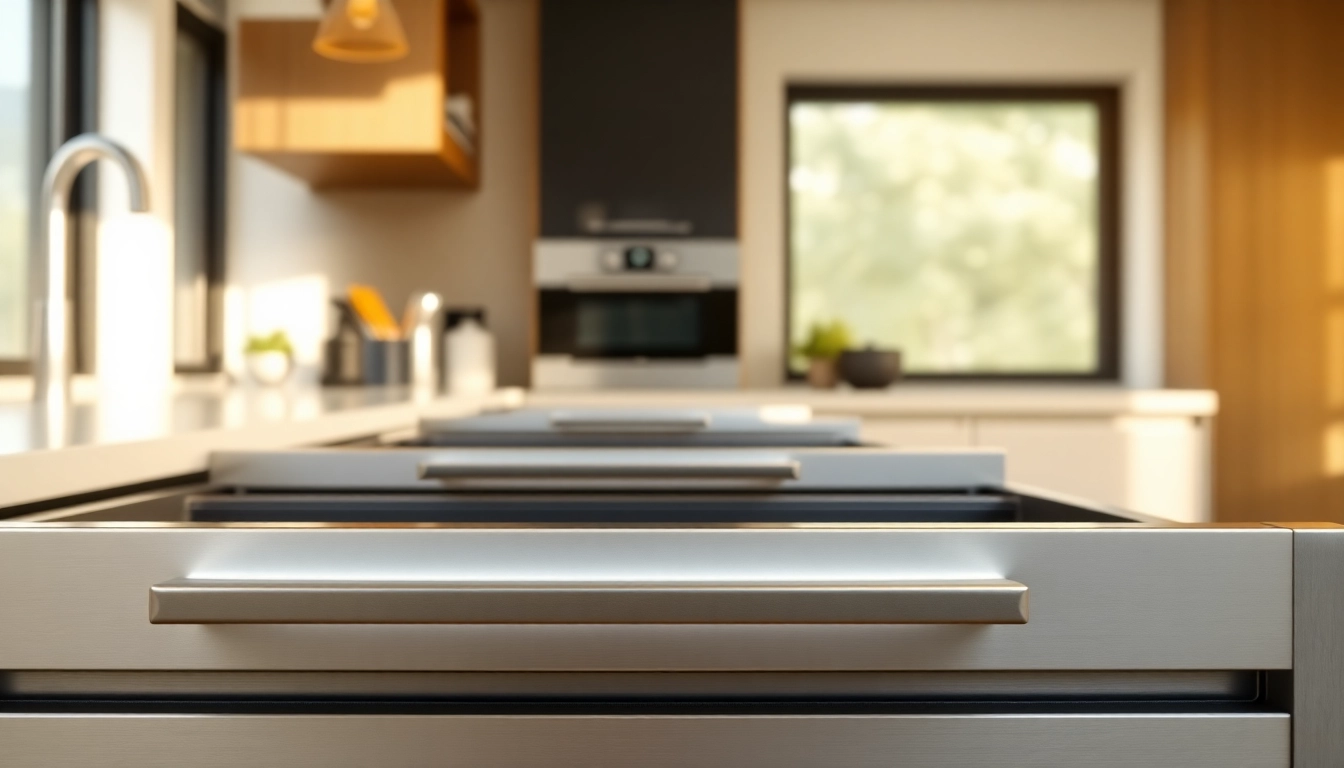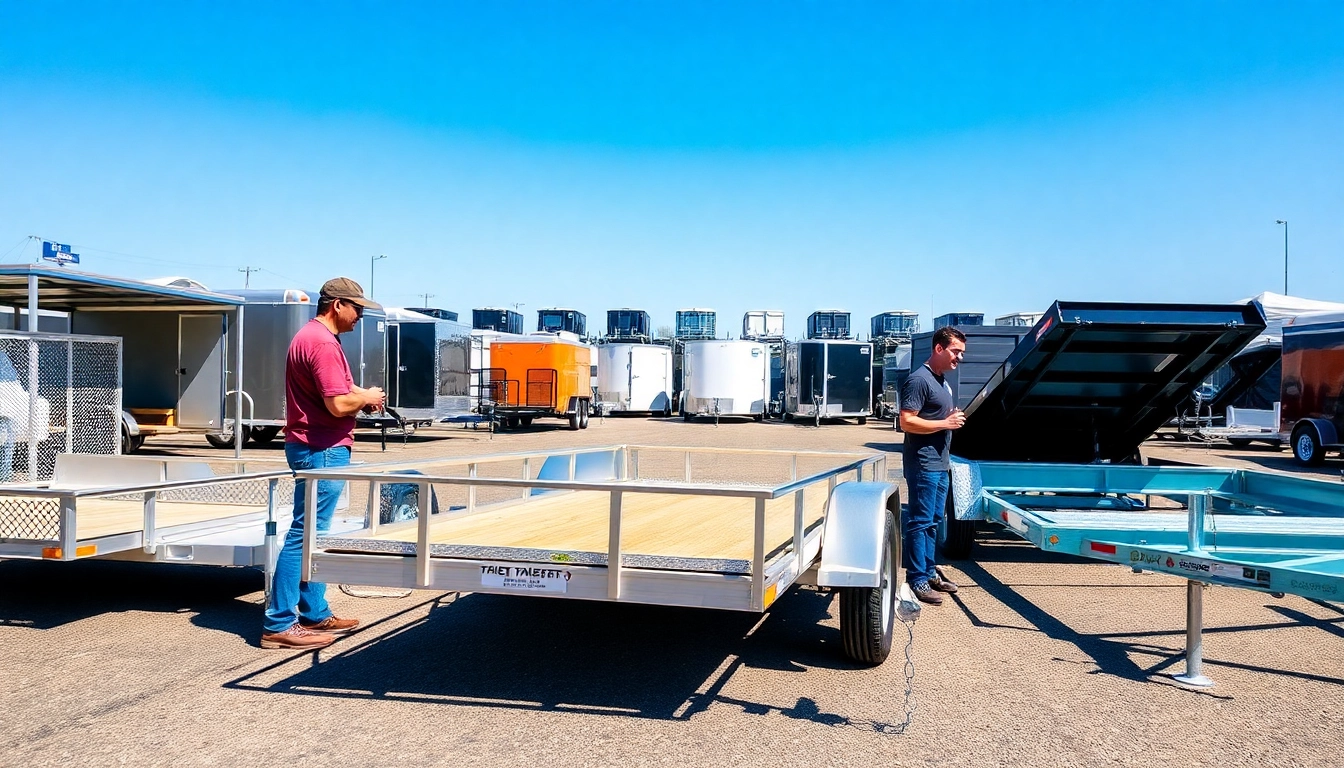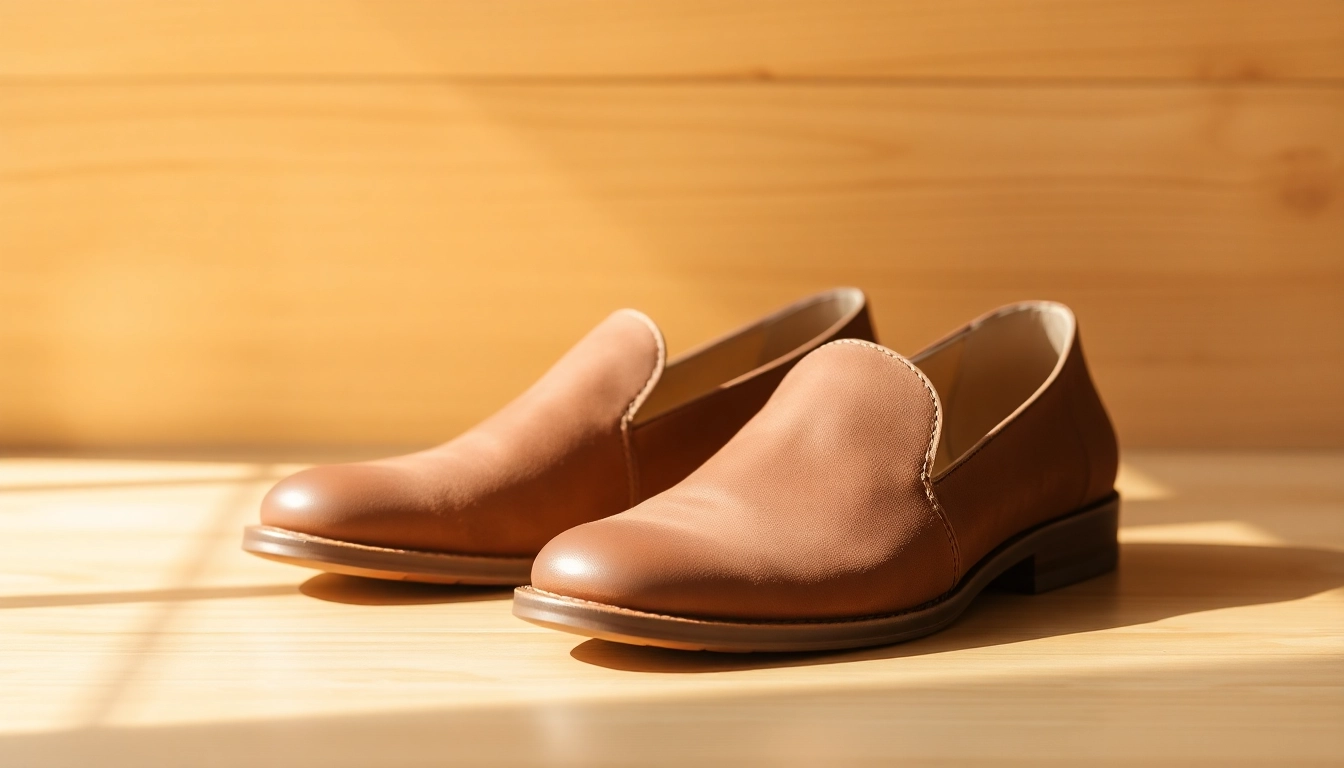Understanding Metal Drawer Systems
In modern cabinetry and furniture design, metal drawer systems have gained prominence due to their durability, efficiency, and aesthetic appeal. A Metal Drawer System serves as a vital component in optimizing storage solutions across both residential and commercial spaces. This article delves into the intricacies of metal drawer systems, exploring their components, advantages, types, and guidelines for selection, installation, and maintenance.
What is a Metal Drawer System?
A metal drawer system is a set of components designed to facilitate the smooth opening and closing of drawers made predominantly from metal materials. These systems are engineered to provide robust support and ease of access, making them suitable for various applications, including kitchens, offices, and storage solutions. Unlike traditional wooden drawers, metal drawer systems offer greater structural integrity and often supported by advanced sliding technologies that enhance usability.
Components of a Metal Drawer System
Understanding the components of metal drawer systems is crucial for effective installation and maintenance. Key parts include:
- Drawer Box: Typically constructed from steel or aluminum, these boxes provide the main storage area.
- Drawer Slides: These are mechanisms that allow the drawer to be effortlessly opened and closed. Common styles include side-mount, center-mount, and undermount slides.
- Mounting Hardware: Brackets, screws, and connectors that secure the drawer to the cabinet frame.
- Front Panels: These are often customizable to match the cabinetry, ensuring a cohesive appearance.
Benefits of Choosing Metal Drawer Systems
Metal drawer systems offer several advantages that make them a preferred choice for many applications:
- Durability: Metal components are resistant to wear and tear, moisture, and pests, making them ideal for environments that demand longevity.
- Load Capacity: Generally, metal drawers can support heavier loads compared to wooden counterparts, making them suitable for high-demand storage needs.
- Design Flexibility: Available in various finishes and styles, metal systems can accommodate different aesthetic preferences.
- Easy Maintenance: Metal surfaces are straightforward to clean and maintain, further enhancing their practicality.
Types of Metal Drawer Systems Available
Standard Metal Drawer Systems
Standard metal drawer systems typically feature basic components suited for everyday storage needs. These systems can include a variety of slide types, from basic side-mount to ball-bearing options. They offer functional solutions for kitchens, bedrooms, and bathrooms without compromising on quality. These systems prioritize ease of use and installation, making them ideal for residential environments.
Heavy-Duty Metal Drawer Options
For more demanding applications, heavy-duty metal drawer systems are designed to carry substantial weight, often used in industrial or commercial settings. These drawers can support reinforced weights exceeding 200 lbs, making them suitable for storing tools, equipment, or supplies in workshops and garages. Features like additional support brackets and enhanced slide mechanisms ensure these systems maintain their performance even under substantial load.
Soft-Close and Self-Close Features
Modern metal drawer systems incorporate advanced mechanisms, such as soft-close and self-close features. Soft-close systems utilize hydraulic technology to ensure drawers close quietly and smoothly, minimizing the risk of slamming. These are particularly beneficial in homes with children or in professional environments where noise reduction is a priority. Self-close features automatically pull the drawer shut when it is pushed to a certain point, enhancing convenience and efficiency.
How to Select the Right Metal Drawer System
Assessing Your Storage Needs
The first step in choosing a metal drawer system is to evaluate your specific storage requirements. Consider the intended use of the drawers, the types of items you’ll be storing, and the frequency of use. For example, a kitchen may require a different system compared to a workshop. List the dimensions and any specific load requirements to help narrow down suitable options.
Considering Installation Requirements
Once your storage needs are identified, assess the installation requirements. Some metal drawer systems may necessitate specialized tools or skills, while others offer straightforward installation processes. Review the installation guides provided by manufacturers, and consider seeking help from professionals if the installation seems complex. Additionally, ensure that your cabinetry can support the system you choose.
Evaluating Durability and Design
The durability of a metal drawer system is integral to its long-term functionality. Examine the materials used in the construction and the ratings for load-bearing capacity. A well-built metal drawer system made from high-quality steel will outperform cheaper alternatives. Design considerations are equally important; selecting a finish and style that complements your space will enhance both aesthetic appeal and property value.
Installation Tips for Metal Drawer Systems
Preparing the Installation Area
Before commencing installation, ensure the area is clean and free from obstructions. Remove any existing drawers or components and take measurements to confirm that the new system will fit as intended. Gather all tools needed, including a level, drill, screwdriver, and any other specific tools mentioned in the product instructions.
Step-by-Step Installation Guide
Follow these general steps to install a metal drawer system:
- Measure and Mark: Using a level, mark the positions for the slides on the sides of the cabinet.
- Attach the Slides: Secure the drawer slides to the cabinet frame first, ensuring they are aligned properly.
- Prepare the Drawer Box: Fix the sliding mechanism to the sides of the metal drawer box.
- Insert the Drawer: Align the drawer slides with the mounted slides in the cabinet and gently push the drawer into place until it is fully seated.
- Test Functionality: Open and close the drawer several times to ensure smooth operation before securing any final components.
Common Installation Challenges and Solutions
During installation, you may encounter various challenges, including misalignment, difficulty in drawer operation, or insufficient support for heavy loads. Common solutions include:
- Misalignment: Adjust the mounting brackets and ensure that all screws are tightened without over-tightening.
- Drawer Operation Issues: Check for obstructions in the slides or ensure that the slides are properly lubricated.
- Insufficient Support: If drawers do not support the expected weight, consider reinforcing with additional brackets or opting for heavy-duty drawer systems.
Maintaining Metal Drawer Systems
Cleaning and Care Instructions
Regular maintenance is key to ensuring the longevity of metal drawer systems. For cleaning, utilize a soft cloth dampened with warm soapy water to wipe down metal surfaces, avoiding abrasive materials that may scratch the finish. For more challenging stains, a mild non-abrasive cleaner can be applied. Ensure the slides are free from dust and debris, which can hinder functionality.
Tips for Ensuring Longevity
To maximize the lifespan of your metal drawer systems:
- Avoid Overloading: Adhere to the recommended weight limits to prevent stress on the slides and drawers.
- Regularly Lubricate Slides: Periodic lubrication prevents wear and ensures smooth operation.
- Inspect Regularly: Check for loose screws or signs of wear periodically, making necessary adjustments or replacements as needed.
Troubleshooting Common Issues
If you experience issues with your metal drawer systems, common troubleshooting steps include:
- Sticking Drawers: Check for debris or misalignment, and ensure that slides are properly lubricated.
- Sagging Drawers: Examine the weight of the contents and consider redistributing weight or upgrading to a sturdier support system.
- Noisy Operation: This can often be resolved through lubrication or adjustments to the alignment of the slides.















Leave a Reply